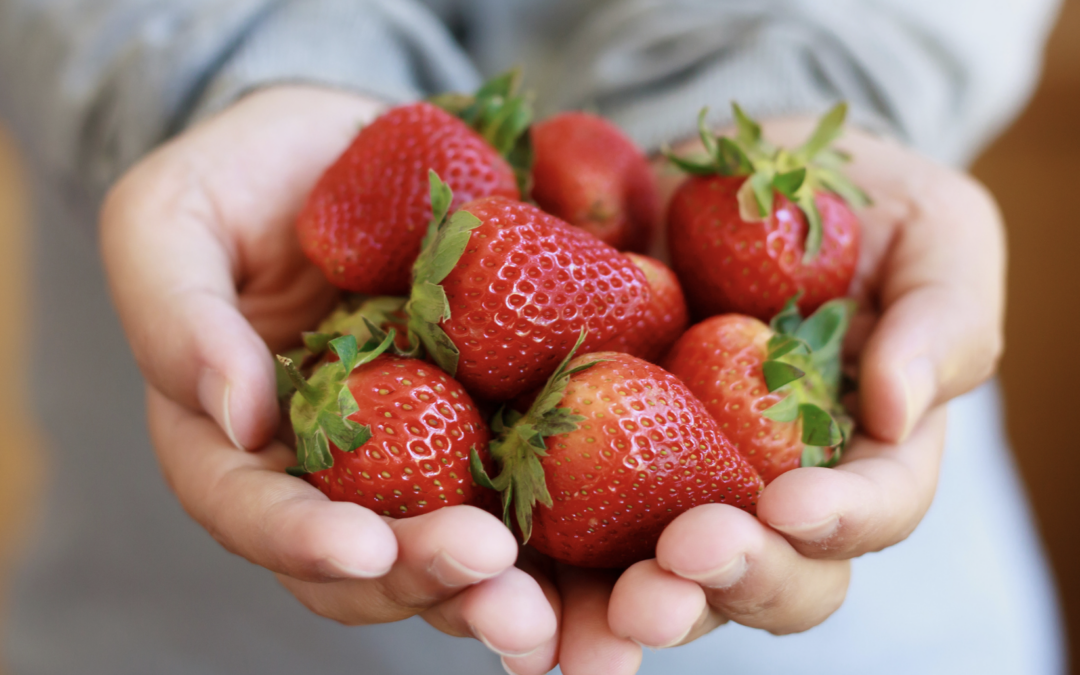 PLASTIC: ODI ET AMO ❤️
PLASTIC: ODI ET AMO ❤️
We often hear about this topics and we are reading headlines and articles that tell how dangerous plastic is many times: we’re reading that it is toxic and dangerous for human health and our environment. Let’s go back one step.
We are not a scientific magazine but… considering our personal experience and our Company Profile, we can also express our opinion.
Many people are writing about negative aspects of plastic and many others (scientists, scholars, chemists and physicists) deepen the subject.
Let’s be clear: we do not want to influence anybody but we are inviting you to think about it: after all, the blog has been issued for that 😉
We all agree that today plastic and all the plastic materials have to face a strong smear campaign.
The problem with plastic is not the plastic itself, but how it is handled and used.
We are all involved from the producer to the consumer. Even when all the solutions that are proposed every day to solve the problem of plastic waste were implemented, the situation would change only a little if we did not go through a process of awareness and cultural change regarding how the consumer manages the waste, and in particular the plastic materials.
Let’s analyze the issue starting from the origin of plastic and its quick commercial expansion.
The “first plastic” was born in 1907, however the great growth of plastic production took place around the 50-60s.
In 2015, the production of plastic was estimated to be around 270 million tons, but the production of waste reached 275 million tons (*).
This means that we generate more waste than products made from plastic. Not only. There are for sure, poorly managed plastic waste, those that are placed in uncontrolled or open landfills, with the consequent high probability of dispersion into the environment.
About PLASTIC the voice of Chris De Armitt, author of “The Plastic Paradox”, is also interesting. Based on real researches, he claims that the plastic waste problem accounts for less than 0.5% of total waste. A minimal percentage yet so emphasized.
Considering that, in the Cycle of Life plastic raw material is in the second place, after wood, among the materials called “GREEN”, it seems important to us to analyze the whole issue in a proper way.
What we must remember is that plastics are materials of great value because:
• they are flexible,
• they are resistant,
• they are very light,
• have are long lasting and cheaper than other row materials,
• they have excellent thermal, electrical and chemical properties.
Thanks to plastics it had been possible to create mobiles, flat-screen TVs, and the range of batteries in electronics has been increased.
Plastic has revolutionized the medical industry (we should all remember the COVID situation…), the field of renewable energy and transport, by making vehicles lighter and lighter and thus reducing CO2 emissions.
Plastic is a very important resource and for this reason it must be protected, studied, certainly improved, but above all better managed.
Thus the question is how plastic is handled by us when it becomes waste!
PLASTICA ODI ET AMO therefore… not by chance 🌱
The advantages of this resource are many and important but the waste problem is always existing
Over the time, several alternatives have been developed and many others are under development.
The best situation would be the one to convert our traditional linear economic model into a circular one based on the idea of recovering more and more waste so that it can be recycled or reused.
Everyone should support this project and we as Plastecnic are the first to commit ourselves to do it! Plastic is a very important resource and not an obstacle to be overcome!
If you want to read more about it, click here and you will find more suggestions. 🌱
(*) Adnkronos













0 Comments